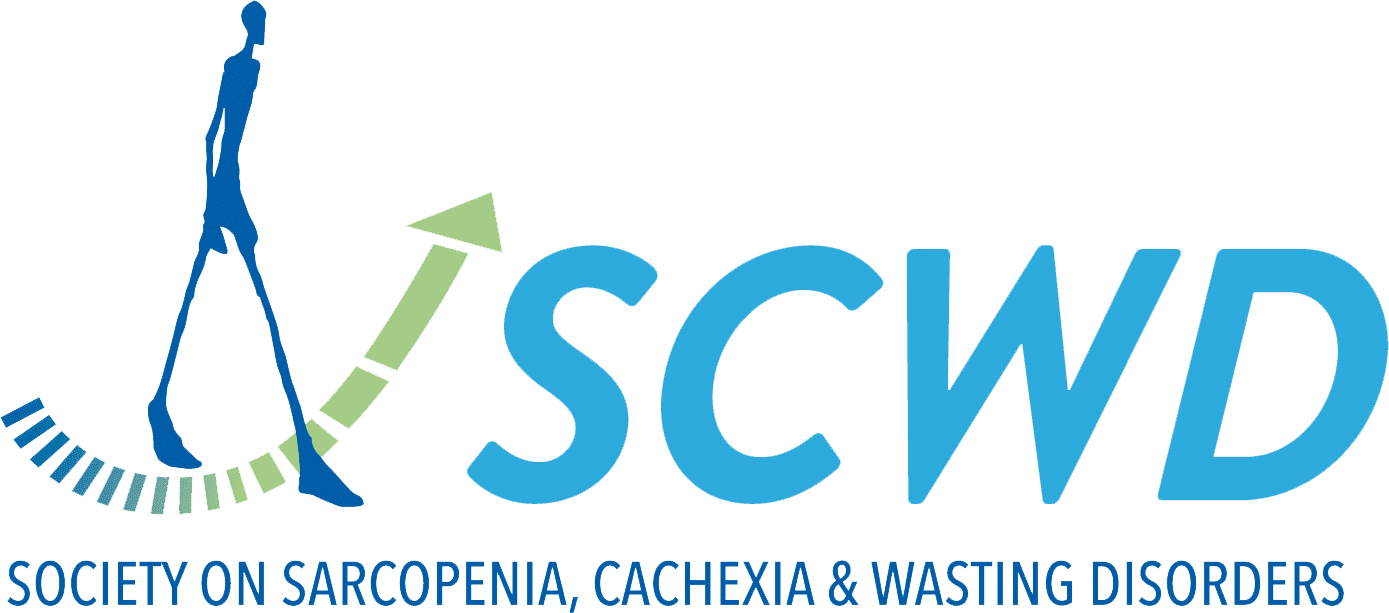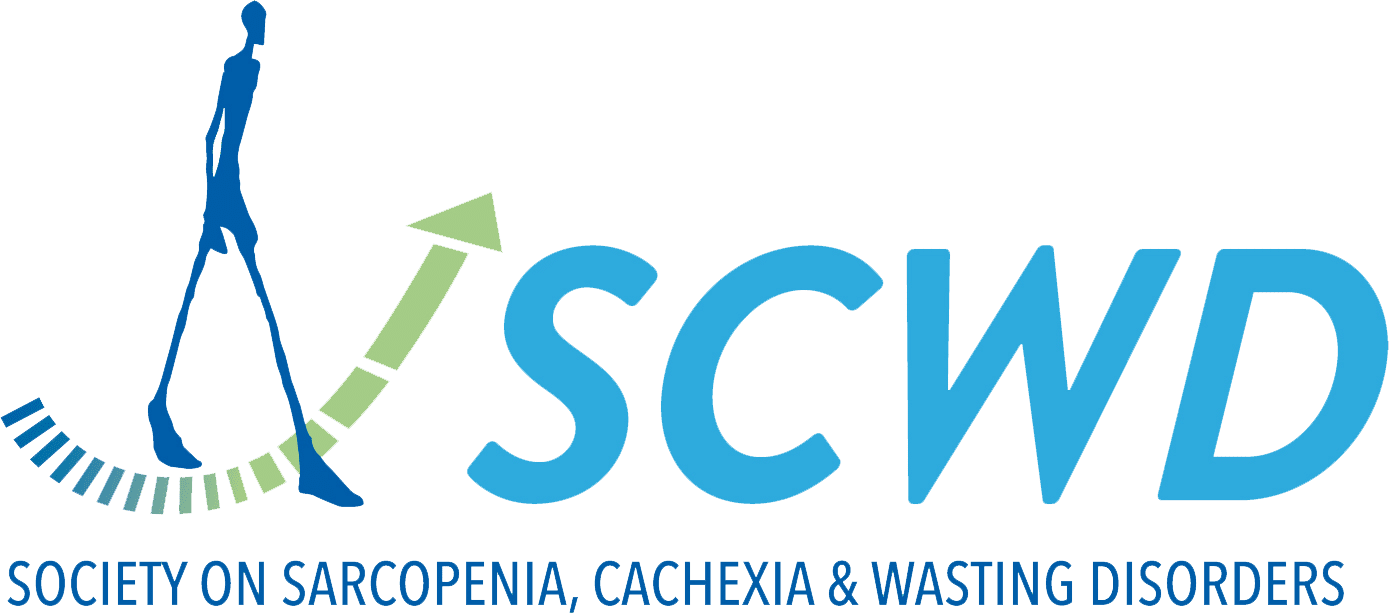Budget impact analysis of a muscle-targeted nutritional intervention for sarcopenia.
<p><b>BACKGROUND</b></p><p>In old adult patients with sarcopenia hospitalized for rehabilitation, the superior clinical benefit of a muscle-targeted formula (MTF; whey protein-based enriched with leucine and vitamin D) over an iso-caloric protein-free one was assessed through the IRIS trial (NCT03120026). The aim...


